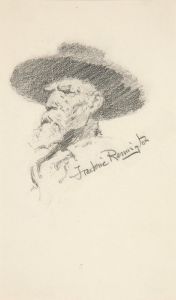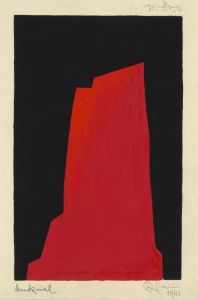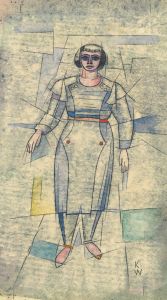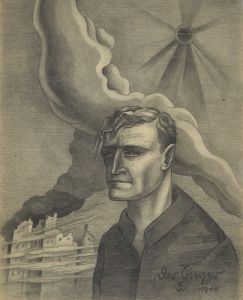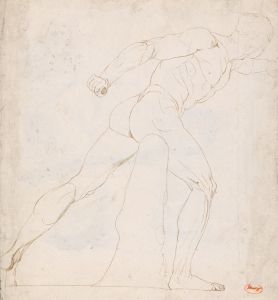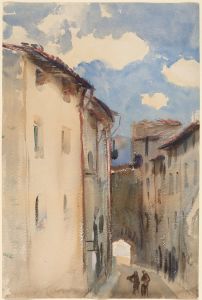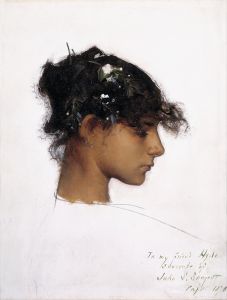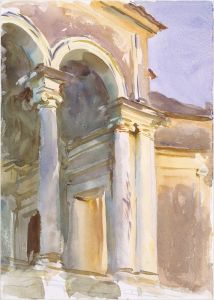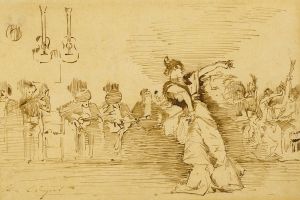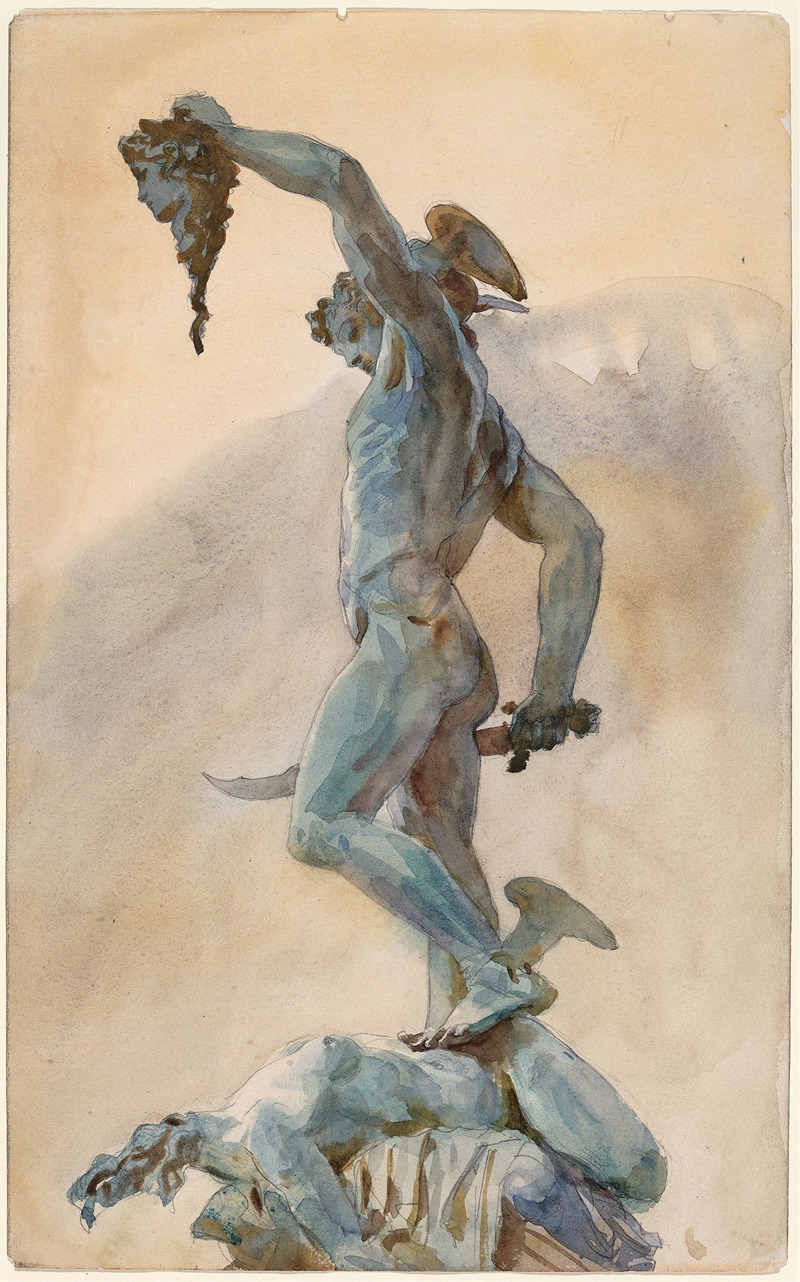
Sketch of Cellini’s ‘Perseus’
A hand-painted replica of John Singer Sargent’s masterpiece Sketch of Cellini’s ‘Perseus’, meticulously crafted by professional artists to capture the true essence of the original. Each piece is created with museum-quality canvas and rare mineral pigments, carefully painted by experienced artists with delicate brushstrokes and rich, layered colors to perfectly recreate the texture of the original artwork. Unlike machine-printed reproductions, this hand-painted version brings the painting to life, infused with the artist’s emotions and skill in every stroke. Whether for personal collection or home decoration, it instantly elevates the artistic atmosphere of any space.
John Singer Sargent, an American expatriate artist known for his portraits and landscapes, created a sketch titled "Sketch of Cellini’s ‘Perseus’." This work is a study of the famous bronze sculpture "Perseus with the Head of Medusa" by the Italian Renaissance artist Benvenuto Cellini. Cellini's sculpture, completed in 1554, is a celebrated masterpiece located in the Loggia dei Lanzi of the Piazza della Signoria in Florence, Italy. It depicts the Greek mythological hero Perseus holding the severed head of Medusa, showcasing Cellini's skill in capturing dynamic movement and intricate detail in bronze.
Sargent's sketch is part of his broader interest in capturing the essence of classical and Renaissance art. Throughout his career, Sargent was known for his ability to render the human form with remarkable precision and vitality, a skill that is evident in this sketch. The drawing reflects Sargent's admiration for the technical prowess and dramatic composition of Cellini's work. By studying such masterpieces, Sargent engaged with the artistic traditions of the past, which informed his own approach to painting and drawing.
The sketch itself is executed with a keen eye for detail and an understanding of the sculpture's three-dimensional form. Sargent's use of line and shading suggests the texture and weight of the bronze, while also conveying the tension and grace of Perseus's pose. This study not only demonstrates Sargent's technical skill but also his deep appreciation for the historical significance and artistic achievement of Cellini's sculpture.
Sargent's engagement with classical art was not limited to this sketch. Throughout his career, he traveled extensively in Europe, visiting museums and historical sites, and often drawing inspiration from the works he encountered. His studies of classical and Renaissance art were part of a broader trend among artists of his time, who sought to connect with the artistic heritage of Europe and incorporate its lessons into their own work.
The sketch of Cellini’s ‘Perseus’ is an example of how Sargent, like many artists of his era, used drawing as a tool for learning and exploration. By examining and replicating the works of past masters, Sargent honed his skills and deepened his understanding of form, composition, and technique. This practice was a common part of artistic training during the 19th century, reflecting a belief in the importance of studying the great works of art history as a foundation for creating new art.
In summary, John Singer Sargent's "Sketch of Cellini’s ‘Perseus’" is a testament to his technical skill and his engagement with the artistic traditions of the past. Through this work, Sargent not only paid homage to Cellini's masterpiece but also enriched his own artistic practice by drawing on the lessons of history.





